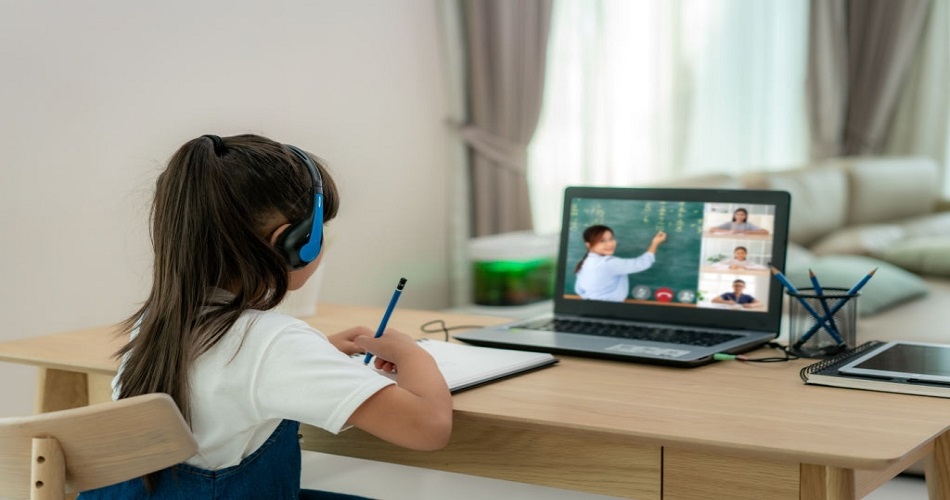How To Create Strong Classroom Culture in Virtual Learning Environment?
27th May 2021

The constant shift and changes in the education system has now landed us at a place where it is quite predictable to have virtual classroom as a huge part of our learning. While schools are adapting to the changes at their best, our students are too coping us, and they certainly look up to us to help them in their transitional journey.
What is classroom culture & why it is Important!
Classroom culture sets the tone of relationships within the class and students’ performance. It establishes a sense of comfort and trust where students can engross in learning. This is common for everyone that until we feel safe, we not capable to let down our guard. Prioritizing on creating classroom culture is essential since students may feel disconnected and separated in the virtual class, thus maintaining Classroom Culture during Distance Learning will ensure:
- Establish positive learning environment
- Greater students’ achievement
- Encourage student’s participation
5 ways to create classroom cultural virtually ---
Build Respect within the group
Creating classroom culture for your students ensures a positive environment within the group. And the strategies for build classroom culture virtually may differ from what we practice in a physical classroom. The key lies in creating a respectful ambiance. Monitoring student’s behavior, rewarding them for their positive behavior is one way to make your students feel noticed and appreciated. Also, during the discussion period, facilitate them to respect each other’s space and turn. Even small things such as ‘raise hand’ when they have a question, is another way for maintaining a respectful environment within the virtual class.
Pay attention to each of your students
Creating a sense of community within a virtual classroom may seem troublesome at the beginning. The only way to break through the invisible layer of isolation can be overcome through one on one connection. You being the teacher when you are able to provide a level of comfort through interaction, the possibility of bridging the gap become finer. Also, getting to know your students allows a huge bundle of information which can be utilized for planning the group activities, choosing the relevant topics for particular lessons, etc.
Establish ground rules
At the beginning days of the class it is better to establish few ground rules, that you expect your students to maintain. Such as ask them to be punctual during login time. Also, since a virtual class requires common chat box and interaction through messages, you can set a clear idea of the purpose of such chat box and what kind of discussions or information can be exchanged there.
Often time’s virtual interaction creates a lot of dilemmas and students may get confused with how much they can share and where they should draw a line. A teacher’s intervention prior to those occurrences can save both time and energy.
Encourage students to Share each other’s life
A sense of community comes only when individual feels included. Since in a distance-learning environment it is given that the physical proximity is totally absent, it becomes an absolute importance for a teacher to create that sense of belonging. By connecting with your students with their life story you can easily build that association.
Keep in mind, your students will be able to participate in the classroom when they find a mindful connection among peers. Instead of sticking on to the worksheets, PPT and reading materials, find an angle from the curriculum where students will be able to spend time with each other through group activities where they can involve personal experience.
Foster the Attitude of Responsibility
Even within the four walls of digital screen, the responsibility is somewhat more than what you can expect in a classroom. The same goes for your students too. Creating a sound learning environment can be challenging when we are at home. You can help them understand the importance of space, with that they can make a conscious choice to make the effort and do the communication to rest of the family members. This is going to help all your students being resourceful and develop their time management skill.
For a mindful teacher, conducting a class is so much more than just completing the curriculum. He/she takes active charge of the entire classroom in such a way that even way there is a void in the physical proximity, there should not be void in the sense of community.
Building classroom culture in distance-learning environment will support students feel connected to the learning environment. It promotes confidence, self-sufficiency, collaboration and coordination.
If you are a teacher who wants to venture the world of online teaching, put you best foot forward today with teacher training course in the educational industry. The highlight of the 21st-century teacher training institute is that it has successfully incorporated real time practicality to their curriculum.
Written By : Soma











